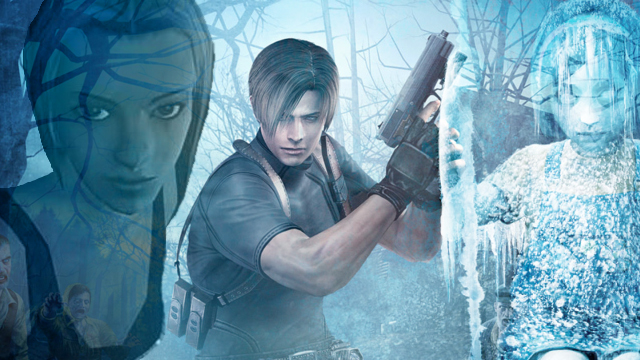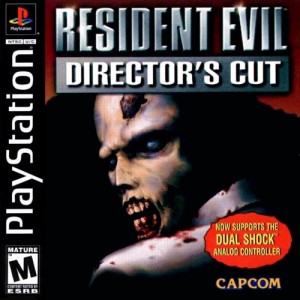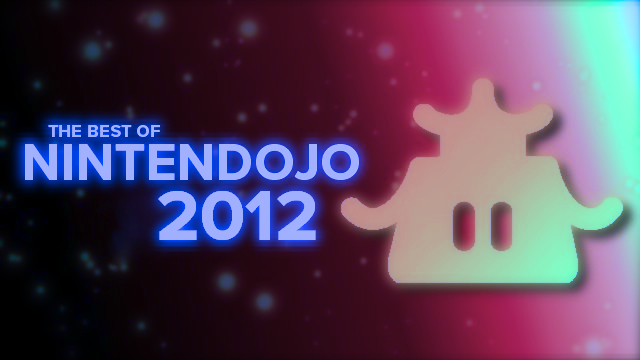|

I’m not sure Nintendo machines have ever been the console of choice for those seeking scares and survival horror virtue. Due to the company’s family-centric appeal, this genre of games has struggled to find an audience on these systems over the years. Between the general lack of titles available and the quality of those that are, survival horror has simply not been synonymous with the Nintendo brand. To this day, we can probably count on two hands how many solid titles of this game classification have graced store shelves. The fact that we can do this is, at best, disappointing and, at worst, unacceptable. The pure neglect of these games on Nintendo consoles feels criminal at times, but all hope is not lost, as it looks like this could be changing with the Wii U.
ZombiU is one of the most hotly anticipated titles hitting the Big N’s new console this November. Arriving on day one, Ubisoft’s survival horror foray looks like the epitome of what’s been missing all these years. An experience that is sure to be a treat for casual and core gamers alike thanks to its adherence to tried-and-true mechanics and clever innovation, ZombiU is equal parts familiar and refreshingly new. Yes, there’s gore. Yes, there are scares, and yes, there are hundreds of zombies to brutally murder as you lambaste your way to post-apocalyptic endurance. But rather than talk about the delightful horrors to come with this riveting revitalization of a seriously abandoned genre, we thought we’d take a look back on some of Nintendo’s lesser-known ventures into this realm– and with Halloween right around the corner, there couldn’t be a more perfect time to do so!

In the beginning, Nintendo was all unicorns and rainbows – for the most part anyway. In those very early days of the NES and SNES, before survival horror was known as such, there wasn’t much in the way of this genre. Yes, there were various licensed games that mirrored their horror movie counterparts, like Nightmare on Elm Street, but the true elements of what we know survival horror games to be today didn’t really exist– except for one beacon of light that never made its way to the West.
In 1989, Capcom’s Sweet Home was released for the Famicon. It was essentially a top down, almost RPG-esque game that mimicked many qualities of Capcom’s “other” survival horror franchise that would make its impact on all of gaming more than half a decade later. Players started out with five characters stranded in a mansion where they would experience supernatural events and various other kinds of weird shit. Sounds familiar, right? The game’s combat, meanwhile, played out like a traditional turn-based RPG, and when a character died, they were gone for good. No resurrection, no magical elixir to bring them back to the world of living– they were gone. But while Sweet Home was undoubtedly a hardcore game, it wasn’t really the paranormal content that made it scary. That honour went to its perma-death feature, but suffice to say, this genre ultimately didn’t boom until much later when the polygonal generation of systems arrived.
 Enter Resident Evil. The year was 1996, and its excellent combination of exciting gameplay, intriguing narration, and psychological thrills captured gamers hearts worldwide. Fans of a strict Nintendo-orientation, however, would have to wait until 1998’s Resident Evil 2 on Nintendo 64 before they could finally get their hands on this famed series, but sadly RE2 was released to a surprising lack of fanfare. This less than enthusiastic reaction was probably in part due to the time that had elapsed between RE2’s original Playstation release and its N64 release, but I’m also pushed to believe it had something to do with the game being a fairly lazy port. Needless to say, the franchise that was bulldozing all the competition on Sony’s side of the world wasn’t sweeping Nintendo gamers off their feet. After all, their Resident Evil 2 seemed like a far inferior version to that of their rivals’.
Enter Resident Evil. The year was 1996, and its excellent combination of exciting gameplay, intriguing narration, and psychological thrills captured gamers hearts worldwide. Fans of a strict Nintendo-orientation, however, would have to wait until 1998’s Resident Evil 2 on Nintendo 64 before they could finally get their hands on this famed series, but sadly RE2 was released to a surprising lack of fanfare. This less than enthusiastic reaction was probably in part due to the time that had elapsed between RE2’s original Playstation release and its N64 release, but I’m also pushed to believe it had something to do with the game being a fairly lazy port. Needless to say, the franchise that was bulldozing all the competition on Sony’s side of the world wasn’t sweeping Nintendo gamers off their feet. After all, their Resident Evil 2 seemed like a far inferior version to that of their rivals’.
And so, Nintendo’s first big, survival horror blockbuster wasn’t a resounding success. I can only imagine Nintendo attributed this to their audience’s gaming preferences considering there was no sign of other popular franchises in this genre appearing on their system. No Silent Hill, Clock Tower, Dino Crisis, Parasite Eve, Alone in the Dark, Koudelka, Overblood, or D were to be found. Nope, all those franchises sought sole refuge on Sony’s grey rectangle.
Pages: 1 2




 ShareThis
ShareThis







